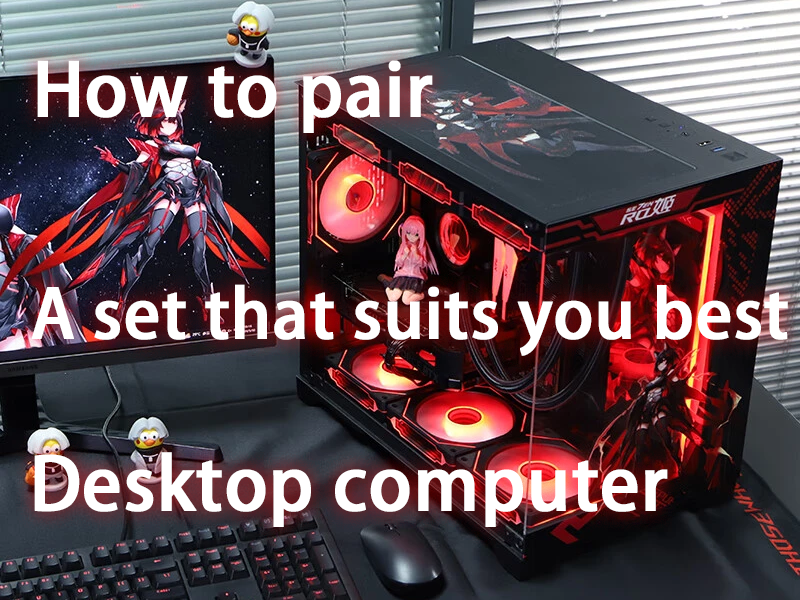Putting together a custom PC offers something pretty rewarding for folks who want control over their setup, no matter if they need it for hardcore gaming sessions, creative work like graphic design, or just regular computing tasks around the house since everything gets made exactly how someone wants it. What makes this process special is getting hands-on with each component choice. The following read walks through what needs attention when building from scratch so whatever ends up on the desk matches exactly what was needed all along.
Understanding Your Requirements
Figuring out what kind of tasks the PC needs to handle should come before diving into component shopping. Ask yourself straight up what this computer needs to do day to day. For gamers, getting a good graphics card makes all the difference. But folks who need to run multiple programs at once or work with heavy apps like video editors would be better off focusing on RAM and solid state drives first. Knowing what each part actually does isn't just academic knowledge either. When building from scratch, having that understanding really pays off because it prevents wasting money on parts that won't even matter for the intended purpose.
Selecting the Right Components
Your custom PC begins with its components which shall begin with basic components like CPU, GPU, motherboard, ram sticks followed by storage and power supply. The latest models must always be checked alongside their specs because micro transactions matter in this market.
Completing Your Custom Computer Build
Getting everything set up properly before starting makes a huge difference when it comes to organizing tools and computer parts. When building a custom PC, make sure to gather all necessary components first like the motherboard, processor, memory sticks, storage drives, and any extra bits needed for the build. Check out some tutorial videos online if this is your first time putting one together. Start installation with the motherboard since it forms the foundation for everything else, then work through each part step by step until everything fits nicely together. Don't forget about cable management either. Neatly routing wires not only looks better inside the case but actually improves cooling efficiency too, which helps keep temperatures lower during heavy usage sessions.
Configuring Software and Peripheral Drivers for Seamless Integration
Choose between Windows and Linux whatever operating system suits your needs best. Before getting started with the actual installation process, make sure there's an installation disk on hand somewhere accessible. Installing updates after setting up the OS helps everything run smoother overall. The system tends to work better when these updates are applied early on since they help integrate properly with whatever hardware components are already present. This approach usually prevents those frustrating compatibility issues that can pop up later if things aren't set right from the beginning.
Focus Areas for Troubleshooting Performance Issues Of Your PC
When gamers notice their system slowing down during intense gameplay or when running multiple applications at once, it's time to check benchmark results against what the hardware should normally deliver. Look out for those sneaky little performance issues hiding in plain sight through device settings that can often be adjusted for much better results after some tweaking. Keep an eye on temperature readings too since letting things get too cool can actually make the processor throttle back performance. But crank up the heat too much and we risk serious damage over time from excessive wear on components like cooling fans and thermal paste. Finding that sweet spot between performance and safety is key for anyone wanting their rig to last longer without sacrificing speed.
Industry Trends and Future Directions
Putting together a custom computer isn't nearly as complicated as it used to be, thanks to all sorts of new gadgets and tech coming onto the market. We're seeing some pretty interesting changes happening right now. Modular components are getting more common, people love adding those colorful LED lights everywhere, and there's even stuff out there that uses artificial intelligence to optimize performance. If someone wants their rig to last longer without becoming obsolete too quickly, keeping an eye on what's trending makes sense. These trends aren't just about looking cool either they actually affect how well the system works over time and whether it can handle whatever comes next in software requirements.
In conclusion, making a custom PC fosters self-sufficiency that enhances the user experience. Following the sequential steps discussed earlier makes it possible to tailor such a powerful machine for gaming, professional work, or even casual computing tasks.




